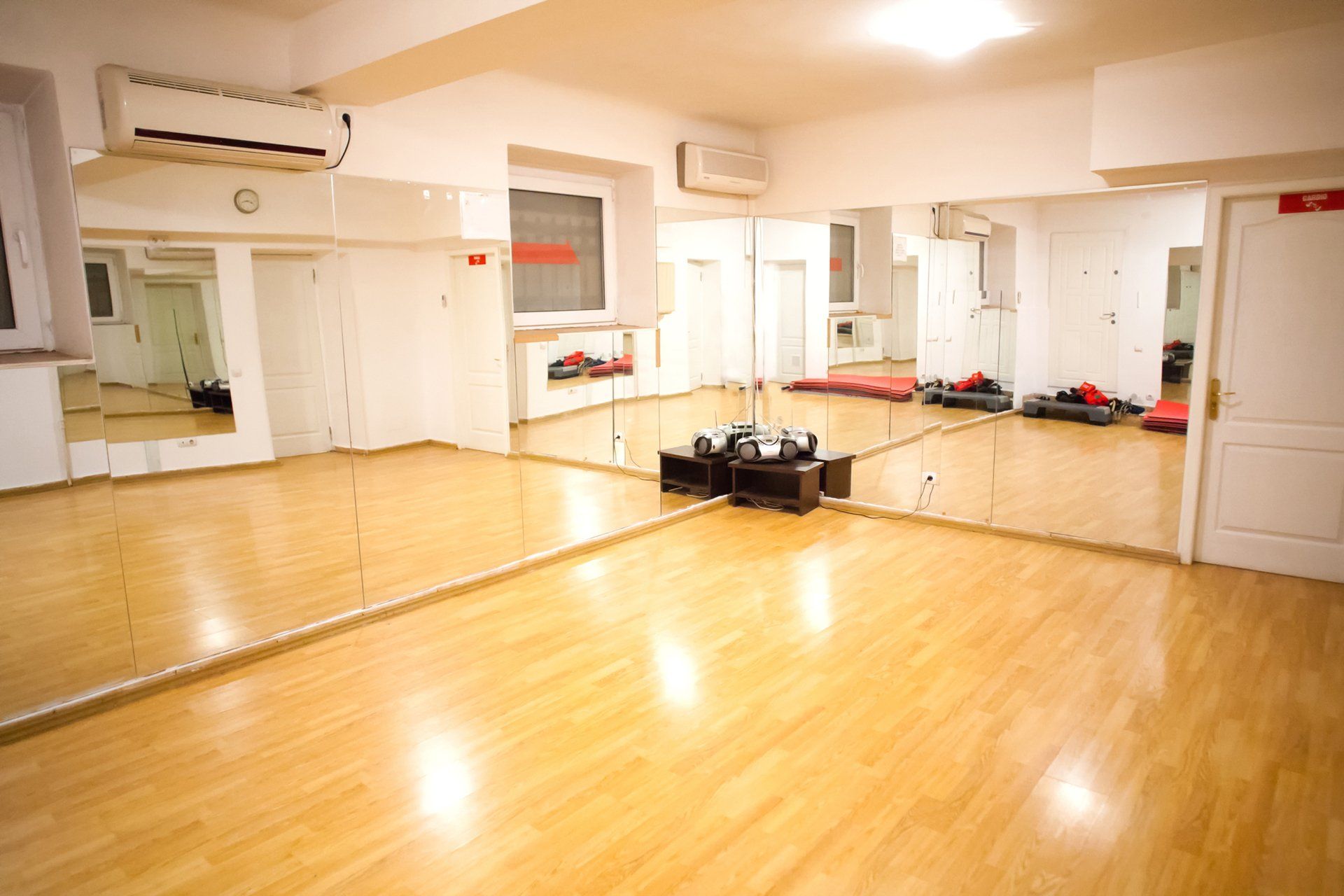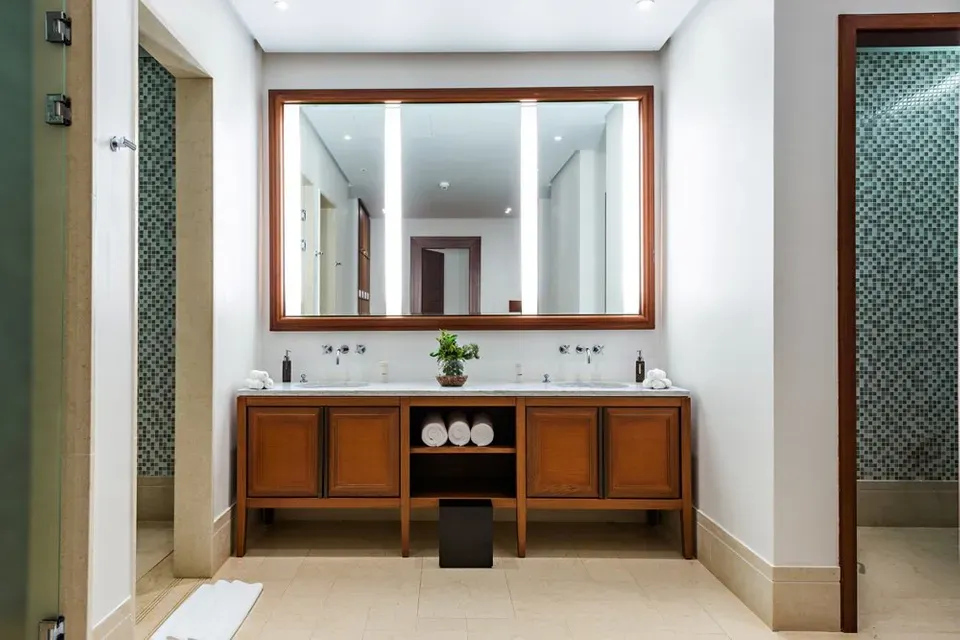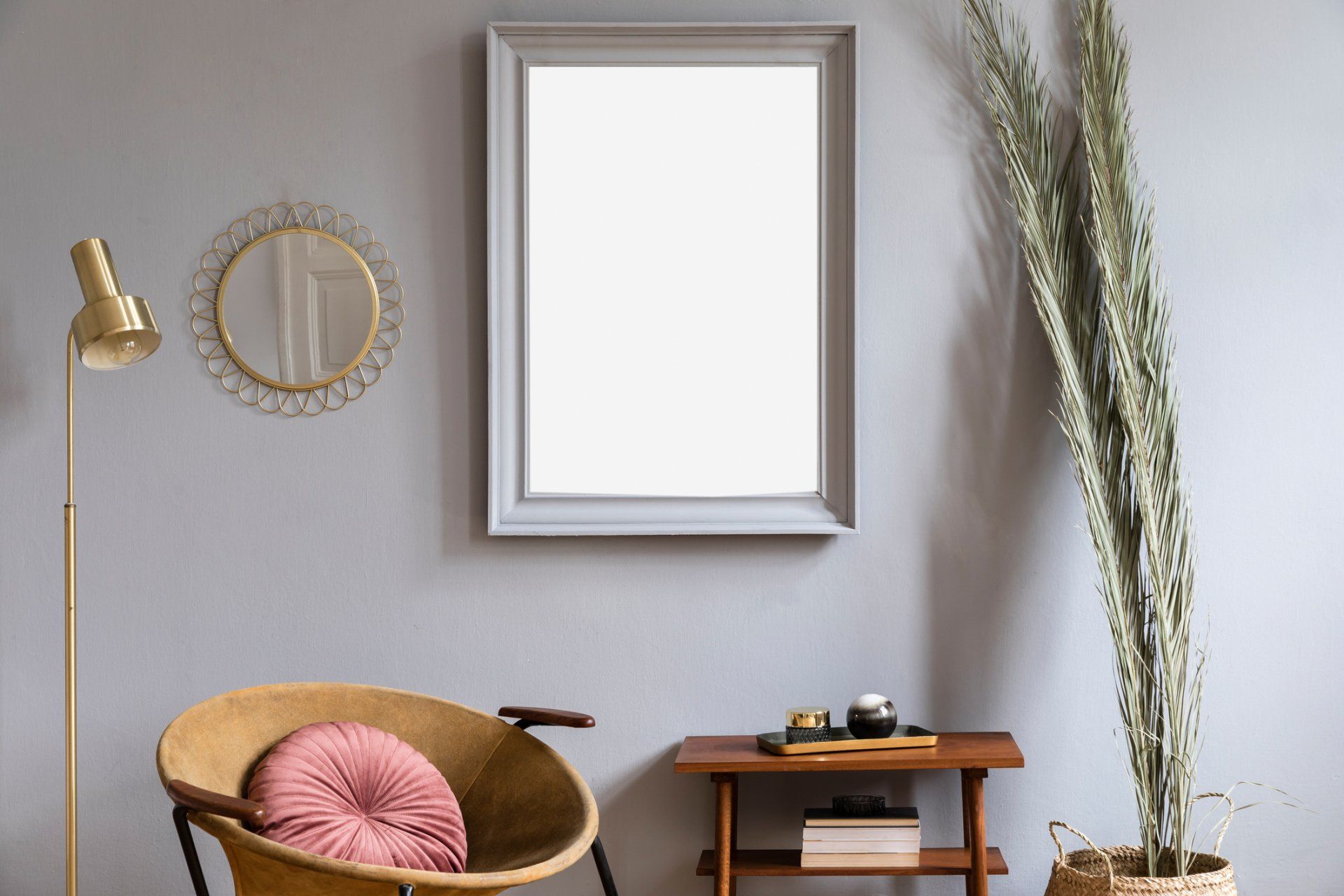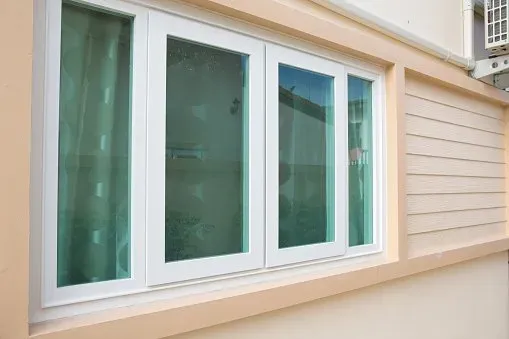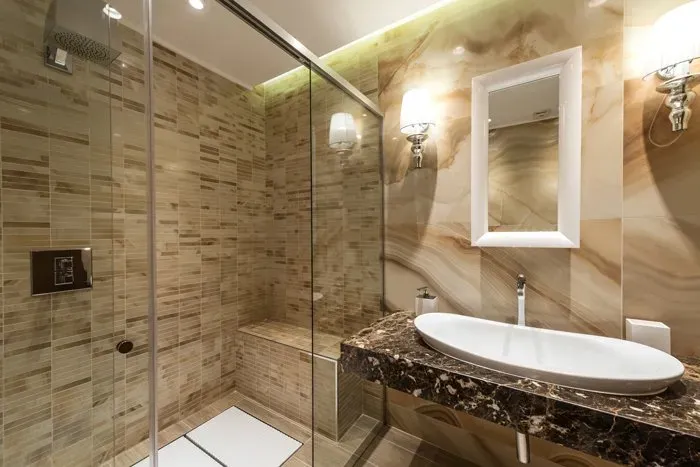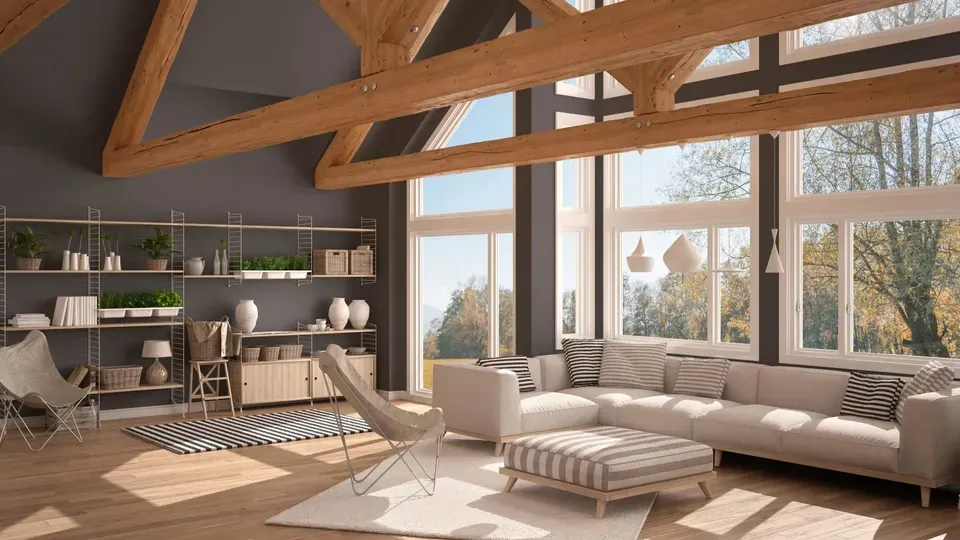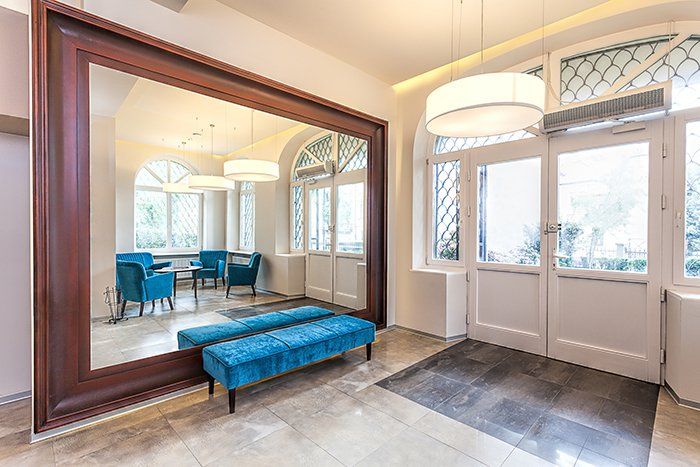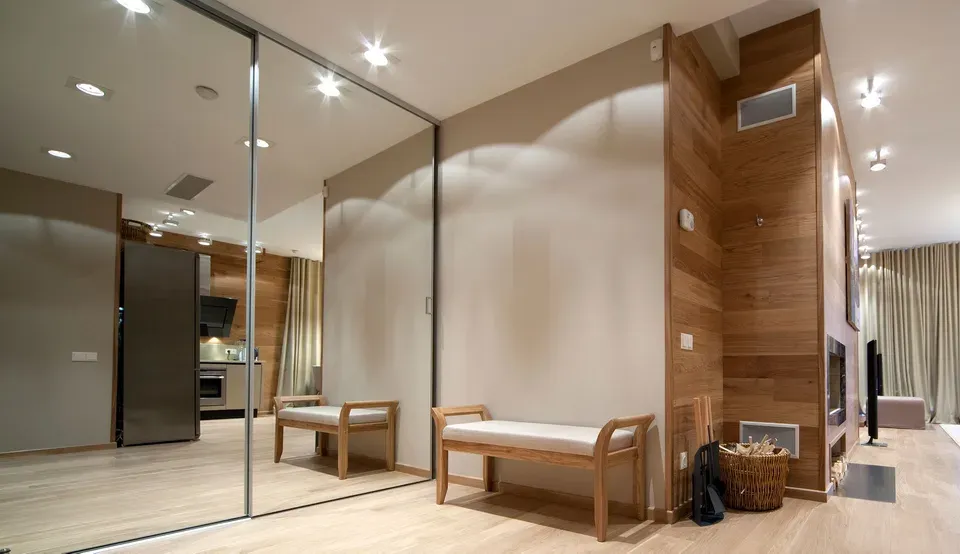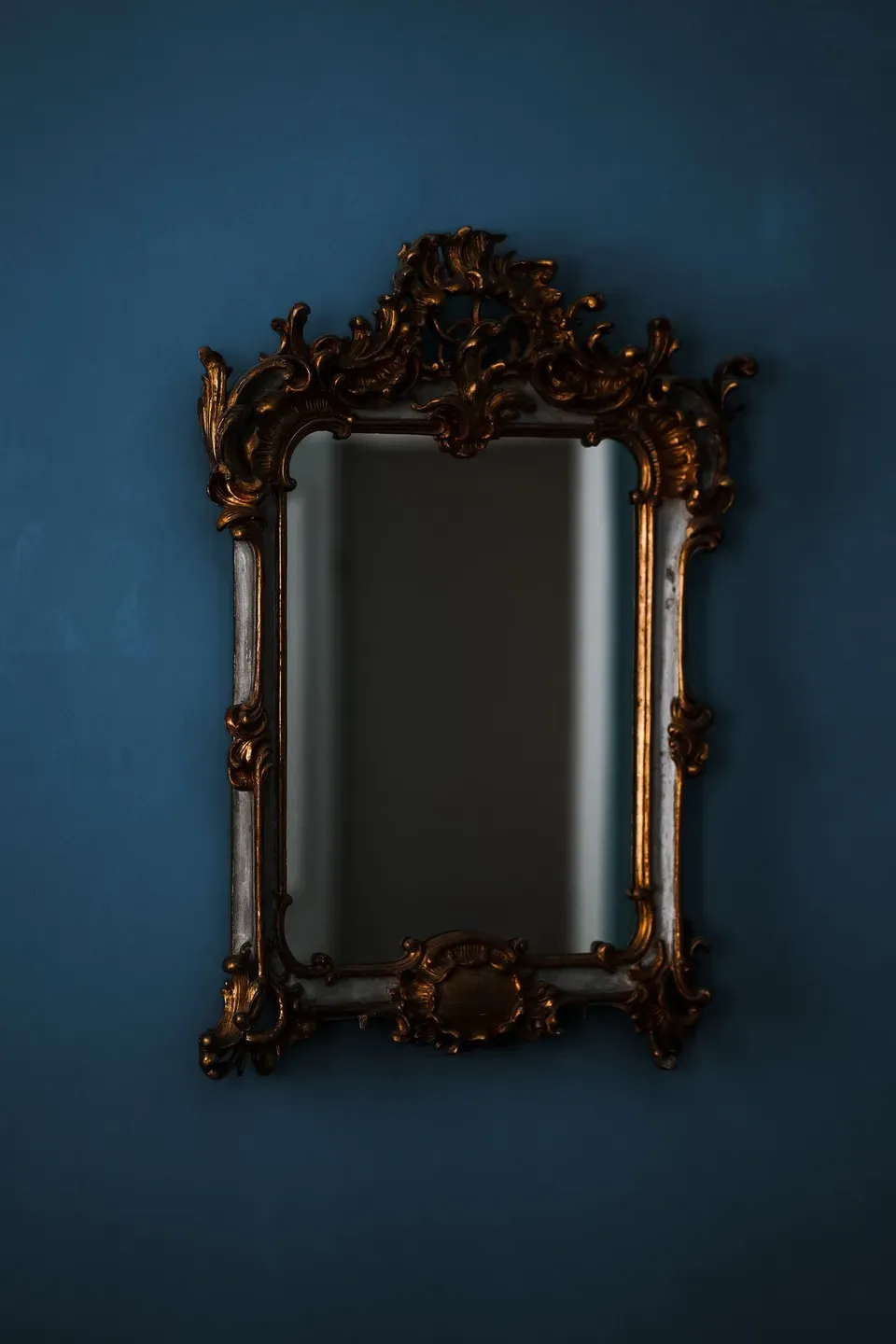5 Ways To Fix Historical Windows Without Ruining Your Home's Charm
The character and charm of historical homes comes from their unique details and the history that they carry with them. But those details can be a challenge for modern homeowners.
Vintage windows, for example, break down after years of exposure to the elements. But running out to buy new windows could ruin the look of the house. So, what can you do with your aging historical windows? Here are five ways to handle problems.
Identify Individual Failures
Rather than trashing the entire window, start by assessing the real root of specific problems. Is the window drafty? Where does air flow? Does it no longer open and close? Is the glass cracked? Does the frame not fit tightly to the surrounding wood?
By identifying the underlying issues - or at least the biggest challenges to your enjoyment of that particular window - you can limit repairs and replacement to a few parts or limited modern upgrades.
Repair Wood
The most common failure point for antique windows is the wood. But many wood issues can be fixed with a little elbow grease and some parts from a home improvement store. Test the wood with a small awl to see if it's sound or whether it feels hollow or soft. Damaged wood can often be replaced only on one or two affected sides.
Fill in split or cracked wood with putty and repaint. If the wood is still solid, it may simply need a new paint job and some caulking to prevent leaks of air or water. There are many different DIY weather stripping options for even novice homeowners, such as adding felt or using clay string to fill in drafty spots.
Modernize Glass
Obviously, broken, cracked, or chipped windows don't work well or look good in your beautiful vintage home. More subtly, though, if the wood is in good condition, the culprit for drafts and whistles is probably badly fitted glass. In this case, look for a glass specialist who can custom-fit new glass into the existing frame and sash. Due to changes in window design over decades, you'll likely need a window expert rather than being able to buy glass 'off the shelf'.
When choosing replacement glass, try to keep as close to the original style and colors as possible. Match it to nearby windows and to other examples of glass in your home's architectural style. You may even want to consider replacing nearby window glass as well so as not to draw attention to the modern replacements.
Add Storm Windows
If you don't want to replace highly damaged windows, you could simply cover them with energy-efficient storm windows. The advantage of a storm window - which is placed over the original window to provide protection - is that it does not alter or damage the original historical window. Depending on the window's placement, you may also be able to get protection by sealing plastic over the interior.
Replace Cautiously
If your window is simply too deteriorated to repair, replacement may be the only option. As with any parts replacements, try to find the closest approximation of the original style and shape. You may need custom construction work to match other existing windows, but you may also be able to use things like recycled wood or glass from local secondhand stores.
While you may be tempted to upgrade to modern, double-paned windows or alternatives to old-fashioned wood, keep your focus on maintaining the historicity of the house. You can always add weather stripping or storm windows to boost the protectiveness of a vintage window during hot or cold months.
Take photos and measurements to an experienced window and glass repair contractor to start discussing the best way to address your window's problems today. At City Glass of Bloomington, Inc., we've helped Indiana homeowners for more than 35 years find solutions to all their window needs.
